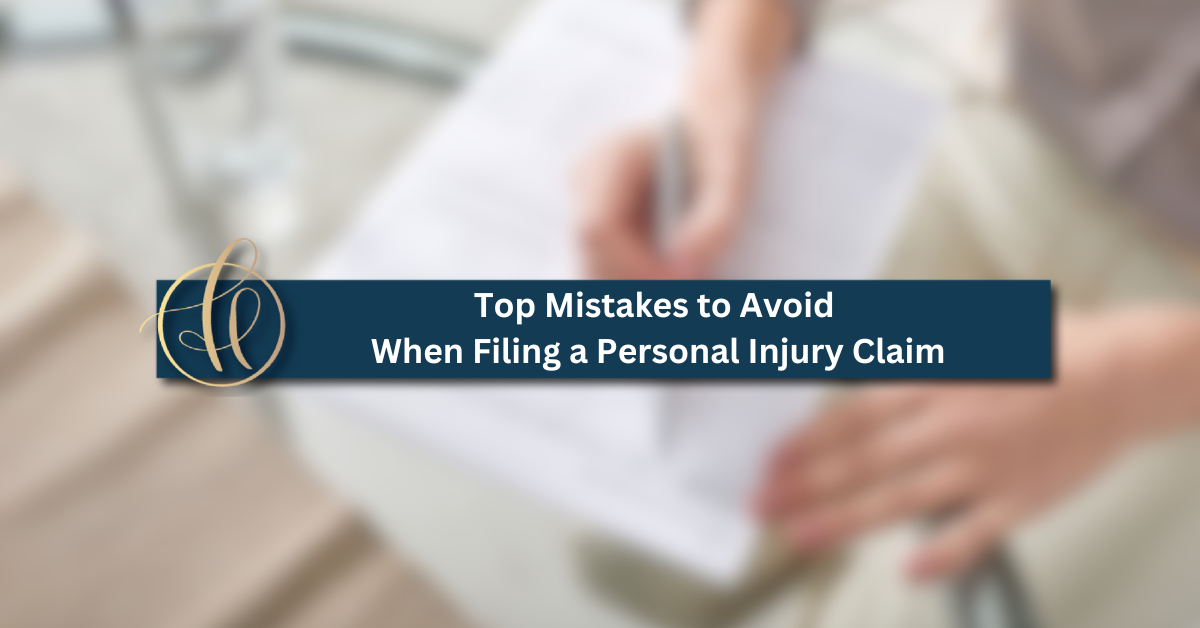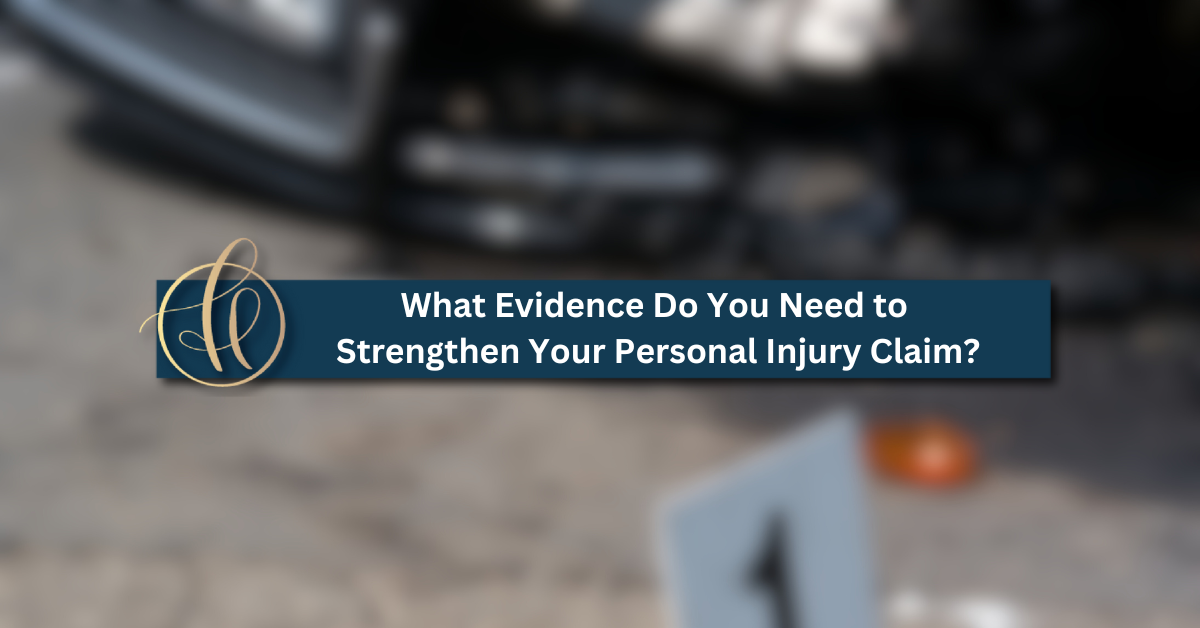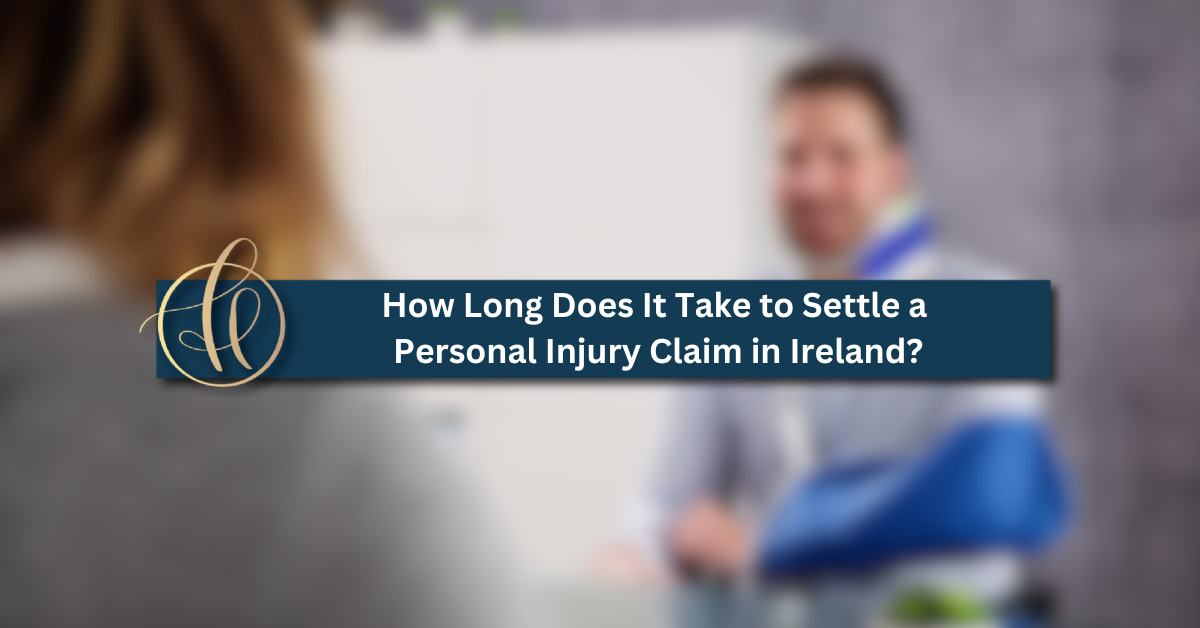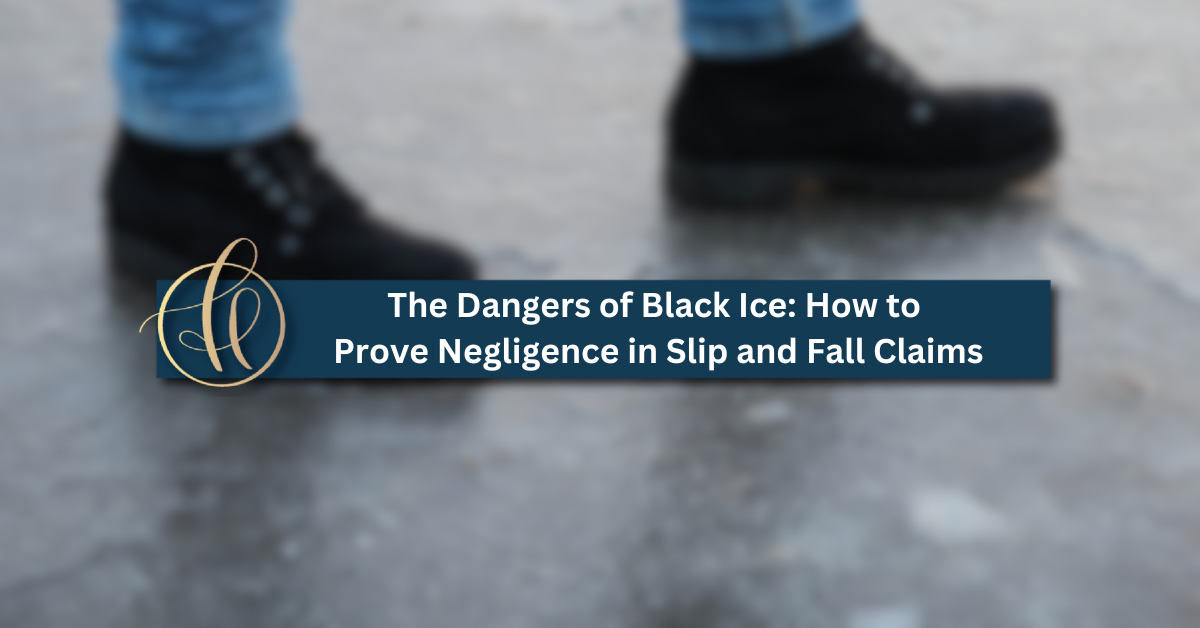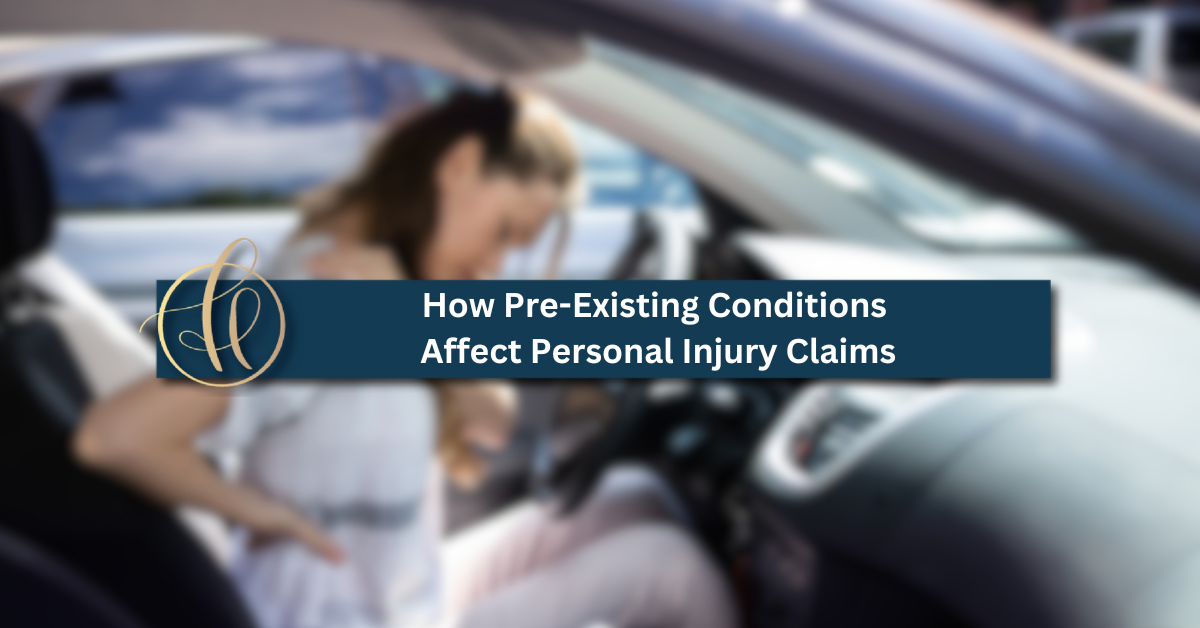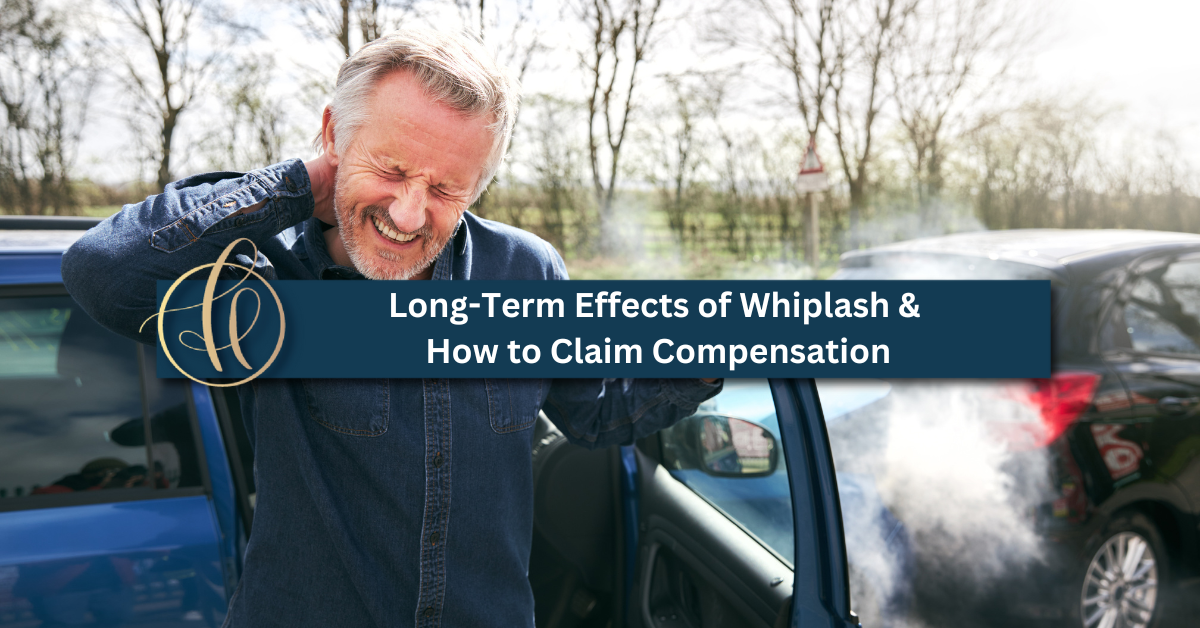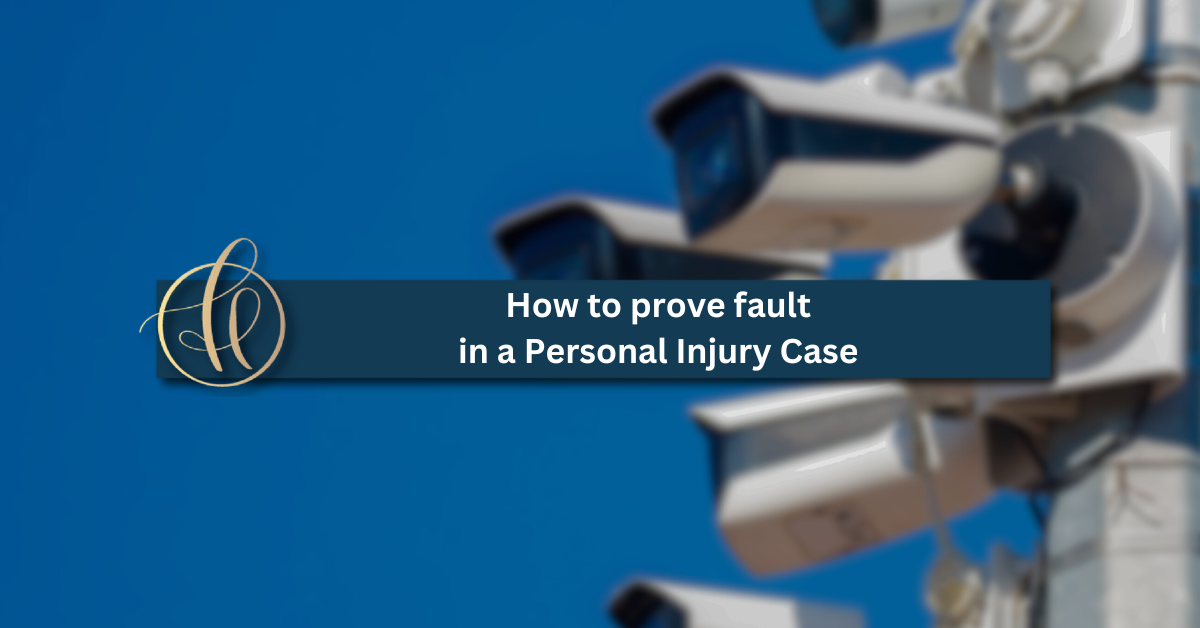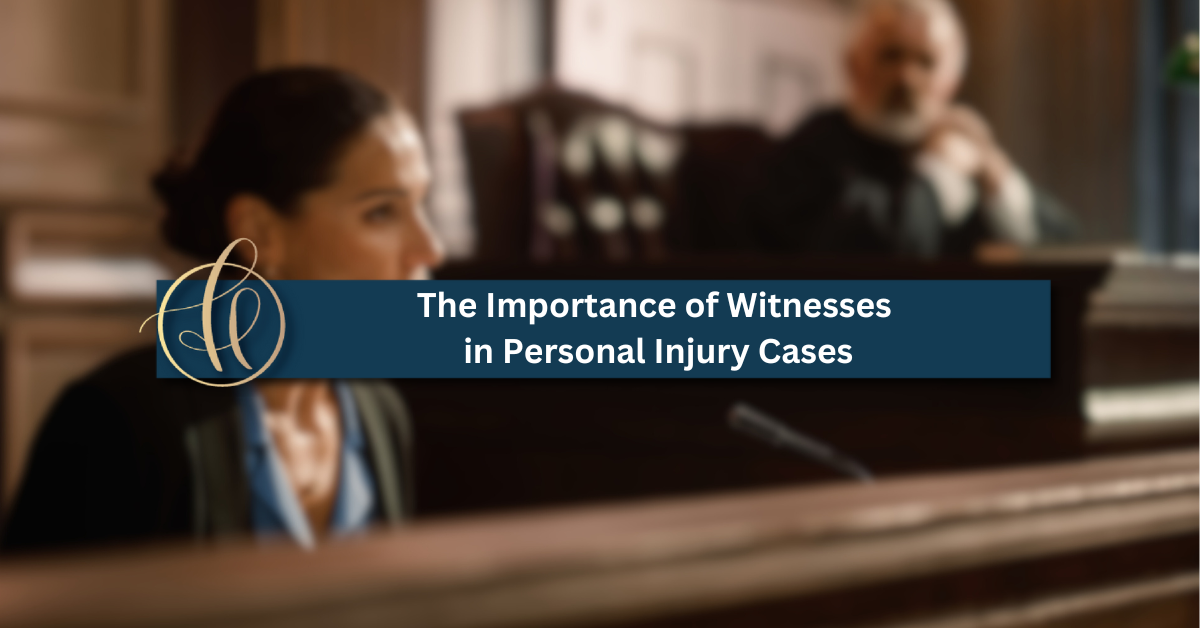Introduction: Why Evidence Matters in a Personal Injury Claim
Filing a personal injury claim is an important step in securing compensation for medical expenses, lost wages, and other damages caused by an accident. However, many claimants make avoidable personal injury claim mistakes that can delay or even jeopardise their case. From missing deadlines to failing to gather proper evidence, these errors can significantly impact the success of a claim.
At Martin A. Harvey & Co., we’ve seen first-hand how seemingly small mistakes can weaken a case. In this blog, we outline the most common personal injury claim mistakes and provide practical advice on how to avoid them, ensuring you get the compensation you deserve.
1. Failing to Seek Medical Attention Immediately
One of the most critical mistakes claimants make is delaying medical treatment after an accident. Even if you feel fine initially, injuries such as whiplash or internal damage may not be immediately apparent.
Why This is a Mistake:
- A delay in seeking treatment allows insurers to argue that your injuries were minor or unrelated to the accident.
- Without medical records, proving your injury becomes significantly harder.
How to Avoid It:
✅ Seek medical attention immediately, even if symptoms seem minor.
✅ Obtain a medical report from your doctor detailing your injuries.
✅ Follow all recommended treatments to show that you are actively recovering.
2. Not Gathering Enough Evidence at the Scene
Strong evidence is the foundation of a successful personal injury claim. Many claimants fail to collect crucial details at the time of the accident.
Why This is a Mistake:
- Lack of evidence can make it difficult to prove who was at fault.
- Key details, such as weather conditions or road hazards, may be lost over time.
How to Avoid It:
✅ Take photos and videos of the accident scene, injuries, and any hazards.
✅ Collect witness contact details and statements if possible.
✅ Keep a record of police reports or incident reports from the location of the accident.
3. Waiting Too Long to File a Claim
In Ireland, personal injury claims must be filed within two years of the accident. Waiting too long can result in your claim being dismissed.
Why This is a Mistake:
- The Statute of Limitations restricts claims beyond two years.
- Evidence and witness recollections may weaken over time.
How to Avoid It:
✅ Consult a solicitor as soon as possible to ensure you meet deadlines.
✅ Begin gathering evidence and document everything related to the accident.
✅ File your claim with the Personal Injuries Assessment Board (PIAB) promptly.
4. Giving Too Much Information to Insurance Companies
Many claimants make the mistake of speaking to insurance companies without legal guidance. Insurers may use statements against you to reduce or deny your claim.
Why This is a Mistake:
- Insurers may twist your words to downplay your injuries.
- They may offer a low settlement before you know the full extent of your injuries.
How to Avoid It:
✅ Never give a recorded statement to an insurance company without legal advice.
✅ Consult a solicitor before accepting any settlement offers.
✅ Let your solicitor handle negotiations to ensure you receive fair compensation.
5. Accepting a Quick Settlement Without Legal Advice
Insurers often pressure claimants into accepting a low settlement early in the process. Many victims agree to a payout without realising their injuries may require long-term care.
Why This is a Mistake:
- Once you accept a settlement, you cannot claim additional compensation later.
- Your injuries may turn out to be more severe than initially thought.
How to Avoid It:
✅ Consult a solicitor before accepting any offers.
✅ Ensure all future medical costs and lost wages are considered in your claim.
✅ If necessary, allow your solicitor to negotiate for a higher settlement.
6. Posting About Your Claim on Social Media
Many claimants unknowingly damage their cases by posting about their accident or injuries on social media. Insurance companies often monitor social media activity to find evidence to dispute claims.
Why This is a Mistake:
- A simple post about feeling better could be used to claim you’re not as injured as you say.
- Photos or videos showing physical activity could be misinterpreted.
How to Avoid It:
✅ Avoid discussing your case on social media while your claim is active.
✅ Set your accounts to private and limit what you share.
✅ Remind friends and family not to tag you in posts related to the accident.
7. Not Hiring a Personal Injury Solicitor
Trying to handle a personal injury claim alone can be overwhelming. Many claimants make mistakes that a solicitor could have prevented.
Why This is a Mistake:
- The claims process is complex, and legal expertise is essential.
- Insurance companies have experienced adjusters who aim to reduce payouts.
- Solicitors can help gather evidence, negotiate settlements, and represent you in court if necessary.
How to Avoid It:
✅ Hire an experienced personal injury solicitor to guide you through the process.
✅ Let your solicitor handle communication with insurers and other parties.
✅ Ensure your solicitor has a strong track record in negotiating fair settlements.
8. Failing to Keep Records of Expenses and Losses
Your compensation should cover all financial losses related to your injury, but many claimants forget to keep records.
Why This is a Mistake:
- Without documented expenses, it’s hard to claim compensation for medical bills, lost wages, or travel costs.
- Some damages, like rehabilitation costs, may not be immediately apparent.
How to Avoid It:
✅ Keep all medical bills, receipts, and wage loss statements.
✅ Track expenses related to your injury, including transportation to medical appointments.
✅ Maintain a personal injury journal to document how the injury affects your daily life.
Conclusion: Maximise Your Claim by Avoiding These Mistakes
Filing a personal injury claim can be a complex and stressful process, but avoiding these common personal injury claim mistakes can significantly improve your chances of success. From seeking medical treatment early to consulting an experienced solicitor, each step plays a vital role in ensuring fair compensation.
At Martin A. Harvey & Co., we are committed to helping injured clients navigate the claims process with confidence. If you or a loved one have been injured and need expert legal guidance, contact us today.
We’re here to help you every step of the way.:
+353-(0)21-4963400
maharvey@martinharvey.ie

